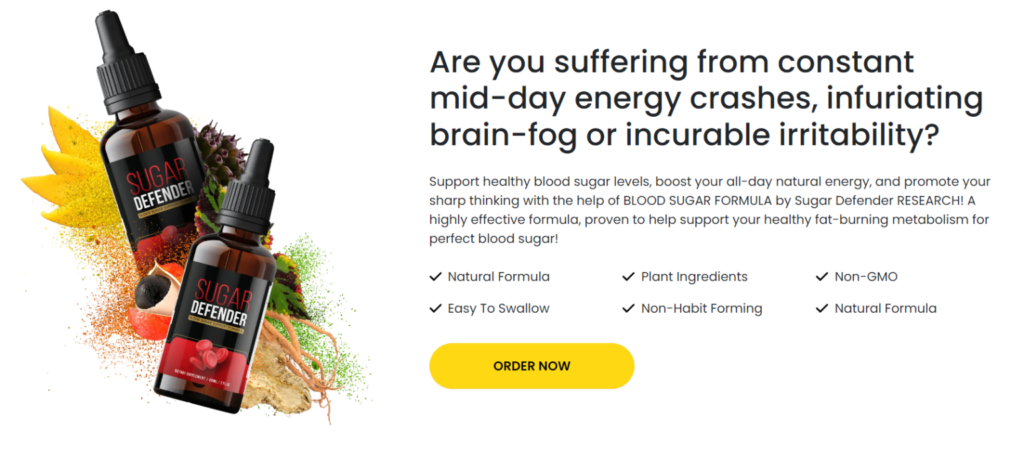25 Essential Safety Tips to Prevent and Manage Cold Stress
As winter sets in, protecting yourself and your team from cold stress becomes a priority for workplace safety. Cold stress can severely impact health, productivity, and even lead to life-threatening conditions like hypothermia or frostbite. In this blog, we explore 25 actionable tips to prevent and manage cold stress while integrating effective workplace safety protocols. Whether you’re working on a construction site, in agriculture, or outdoors during winter, these tips are essential for safeguarding health.
What is Cold Stress?
Cold stress occurs when the body loses heat faster than it can produce it, leading to a drop in core temperature. Prolonged exposure to cold, wet, or windy conditions can cause hypothermia, frostbite, or trench foot. Prevention is key to maintaining worker safety in extreme weather.
25 Tips to Prevent Cold Stress
- Layer Up Properly: Use three layers of clothing—an inner moisture-wicking layer, a middle insulating layer, and an outer windproof and waterproof layer.
- Wear Insulated Gear: Gloves, hats, and insulated boots are essential to prevent frostbite and heat loss.
- Stay Dry: Wet clothing significantly increases heat loss. Use waterproof materials and change out of wet clothes immediately.
- Monitor Weather Conditions: Use reliable apps or tools to track temperature, wind chill, and storm alerts.
- Limit Exposure Time: Schedule breaks in warm shelters to reduce prolonged exposure to cold.
- Stay Hydrated: Drink warm fluids and avoid caffeine and alcohol, which can dehydrate the body.
- Eat High-Calorie Foods: Fuel your body with energy-rich foods to maintain heat production.
- Educate Workers: Conduct regular safety talks on recognizing cold stress symptoms like shivering, numbness, and confusion.
- Provide Training: Train employees on using cold-weather PPE and handling emergencies.
- Use Heated Tools: Where possible, use heated tools and equipment to reduce contact with cold surfaces.
- Buddy System: Pair up workers to monitor each other for signs of cold stress.
- Set Up Warm Zones: Create heated shelters or use portable heaters for breaks.
- Adjust Schedules: Perform outdoor tasks during the warmest parts of the day.
- Use Insulated Mats: Stand on insulated mats instead of cold surfaces to reduce heat loss through feet.
- Recognize Hypothermia Symptoms: Be alert for signs like intense shivering, slurred speech, and drowsiness.
- Inspect PPE Regularly: Check for wear and tear on cold-weather gear to ensure effectiveness.
- Limit Physical Activity: Avoid excessive sweating, which can lead to rapid heat loss.
- Encourage Hand Warmers: Distribute disposable hand warmers to workers for added warmth.
- Plan Emergency Procedures: Have a plan in place for treating cold stress emergencies, including first aid.
- Promote Mental Preparedness: Ensure workers understand the psychological impacts of working in the cold.
- Use Technology: Employ wearable devices that monitor body temperature and alert for risks.
- Encourage Stretching: Promote light exercises to boost circulation before heading out.
- Identify Vulnerable Workers: Older employees or those with medical conditions may need additional precautions.
- Perform Regular Checks: Supervisors should conduct routine health and safety inspections during cold weather.
- Review OSHA Guidelines: Stay updated on Occupational Safety and Health Administration (OSHA) recommendations for working in cold environments.
Conclusion
Cold stress is a serious workplace hazard, but with proactive measures, you can ensure worker safety even in extreme cold conditions. Follow these tips, invest in proper PPE, and prioritize training to protect your team this winter. By addressing cold stress, you improve not only safety but also productivity and morale.
Stay safe and warm this season!
“Start Your Website Journey Today – Exclusive Hostinger Discounts!”










